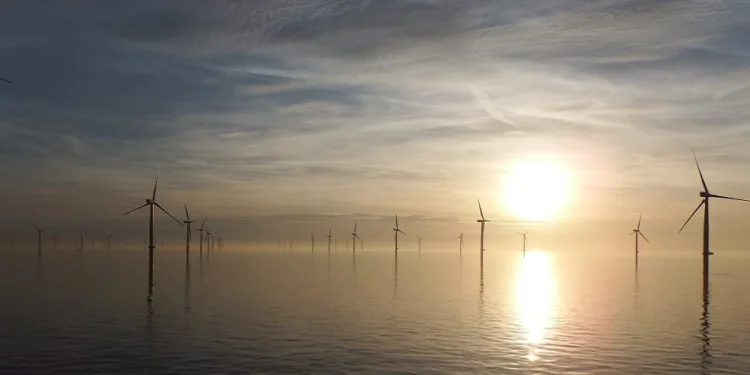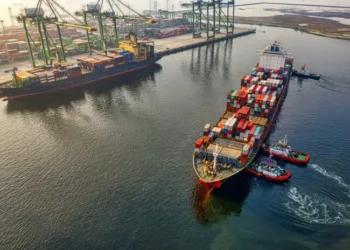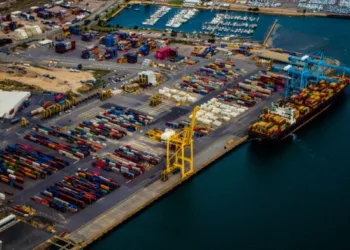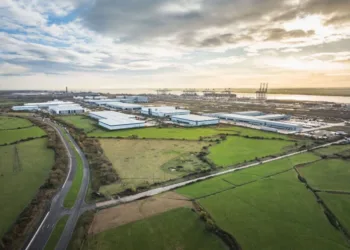The UK Crown Estate, which manages King Charles’ public property, has reported an annual net profit of £1.15bn ($1.57bn), with most of it coming from the offshore wind farm leasing tender Round 4.
This year’s profit brings the total contribution from the Crown Estate to the Treasury to £5bn ($6.9bn) over the past decade.
Of the total £1.15bn ($1.58bn) profits for the year between April 1, 2024, and March 31, 2025, around £1.07bn ($1.47bn) came from the offshore wind farm leasing tender Round 4.
The Crown Estate said that all its profit is returned to the Treasury for public spending. For the second successive year, the Round 4 option fees delivered a significant short-term uplift.
However, looking ahead, income from Round 4 is expected to fall to £25m ($35.7m) per year from January 2026 as projects move into the construction phase. According to the organisation, this will see net revenue profits progressively stabilise at more normalised levels.
Round 4 is expected to deliver up to 8GW of clean energy capacity, enough to power eight million homes. Meanwhile, the process for Round 5, which looks to generate up to 4.5GW of floating offshore wind, saw Equinor and Gwynt Glas, a JV between EDF Renewables and ESB, announced as preferred bidders for two separate projects in June 2025.
The Crown Estate is progressing a range of options for a third site to ensure the full potential capacity for Round 5 is delivered.
Additionally, a Capacity Increase Programme stands to add 4.7GW to the current 12GW capacity of existing wind farms off England and Wales.
In total, the potential offshore wind pipeline offshore England, Wales, and Northern Ireland now stands at 50GW, and includes nearly 17GW currently in planning or consented and 13GW either under construction or in receipt of a contract for difference.




















